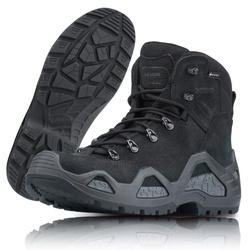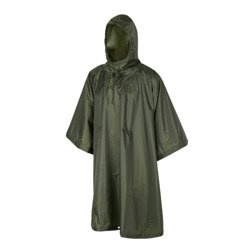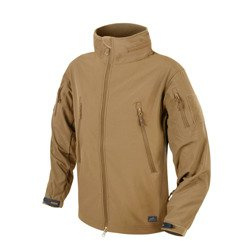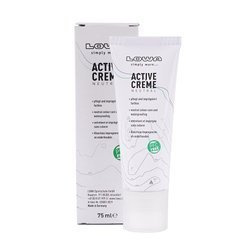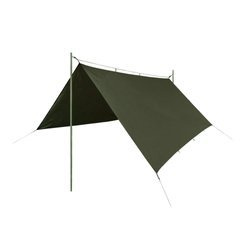How to protect yourself from the rain?
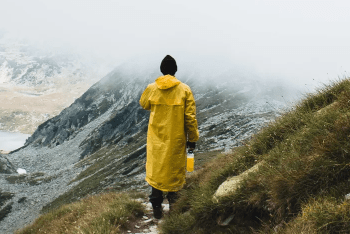
This year's summer is definitely surprising and we are not talking about surprisingly ideal conditions for sunbathing. Nevertheless, travelling in the rain can be totally enjoyable if we know how to protect ourselves from it. SpecShop.pl outdoor shop will tell you which measures will combine comfort with efficiency.
How to protect boots from water?
We will start from the very bottom. Keeping moisture out of your boots is definitely one of the key aspects influencing the comfort of our journey. Sweaty or flooded trekking shoes can effectively make our life difficult, causing either freezing or abrasion. So when going to places where we put on high humidity or rainfall it is worth thinking about buying shoes equipped with a membrane such as the popular Gore-Tex.
Equipping tactical footwear with a membrane allows to significantly increase water resistance while maintaining breathability. The technology of membranes makes it possible for water vapour to leave the inside of the shoe through micropores in its structure, at the same time preventing liquid water from getting inside. Of course, this solution is not perfect, however, when using high quality membranes and proper maintenance, it allows a very successful compromise.
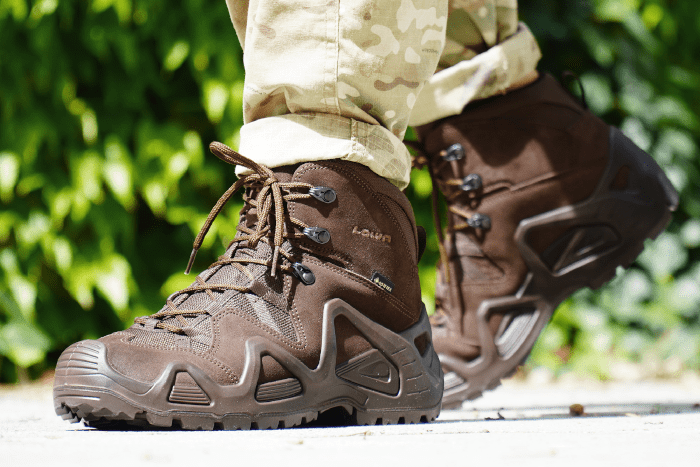
The membrane, however, is an additional layer laminated with the material of the upper and will, if you don't want to, additionally heat up the shoe. Therefore, for warm yet humid environments it is worth to think about fast-drying shoes. These will usually be models made of synthetic fabrics, combined with thin, breathable skins, such as the Wolverine nubuki used by Bates.
These shoes can also be partially impregnated against moisture. A variety of preparations producing a water repellent coating serve this purpose. This will protect your shoes from light rain without significantly affecting their thermal properties. In this case, however, it should be remembered that such coatings must be regularly renewed in order to maintain their properties. Some manufacturers create their own lines of preparations dedicated to their own products. With reputable manufacturers, such as the German LOWA, for example, we can assume that dedicated maintenance accessories will be most suitable.

Hardshell or softshell?
A similar situation can be found with jackets, although here we have a bit more possibilities. First of all, membrane jackets of the hardshell type - by assumption perfectly protecting against rain, once stiff and heavy, nowadays, thanks to the use of modern technologies, more and more comfortable. Secondly, softshells with all their current versions - from ultra-thin single-layer jackets to laminated jackets, which in fact conflict with the original softshell assumption.
Hardshell jackets, like shoes with a membrane, are a relatively obvious solution, where a compromise has been reached to achieve a combination of breathability and water resistance, varying depending on the quality of the membrane itself and the layers used - a more detailed description of parameters and features worth paying attention to when buying a jacket can be found in the article
Softshell jackets, on the other hand, retaining their comfort and breathability, lose some of their water resistance. Nevertheless, they are not a bad idea when it comes to protection against wind or rain. First of all, they will be great both for use in the city and for short trips to the area where we do not expect to have to walk in heavy rain for several hours. Depending on how much of the area is usually at risk of rainfall, we can choose the degree of water resistance of the softshell.

Does the softshell jacket protect against rain?
Starting with ultralight jackets, here for example Helikon Trooper, they are designed to protect you from the wind. However, even though it is extremely thin, it will give us short protection against not very intense rain. This is made possible by the outer DWR (Durable Water Repellent) coating, which, thanks to its nano-structure, provides the jacket with hydrophobic properties. Jackets of this type are perfect for light weather conditions, and as an emergency jacket worn in a backpack thanks to its small volume after compression.
When looking for a jacket that is as versatile as possible, which will protect us from light rain, whether in the city or in the countryside, while allowing us to remain breathable, it is worth considering softshells with a Windstopper membrane. The membrane is designed to protect the wearer from the wind, while its water resistance is a side effect. This does not change the fact that this type of jackets combine the features of hard- and softshells relatively well, and although they will not be so breathable during intensive effort, in urban conditions or during trekking, they will do their job perfectly.

In case of very heavy rainfall, when we are doomed to a long march, with a backpack, a poncho may be the best idea. There is no question of breathability - it is not the advanced membrane that is responsible for waterproofing, but simple coverings made of waterproof polymers. However, this allows you to achieve very high water resistance at relatively low cost. However, in case of a sudden downpour, we will appreciate its properties, no matter if it gets a little too warm.
Many poncho models can also be used as improvised tarpaulins. There is an interesting relation here, because many tarps are produced in a very similar technology. A polyester ripstop combined with a polyurethane coating should cope with most rainy situations. For the strongest downpours we recommend using nylon models with a PVC layer.

